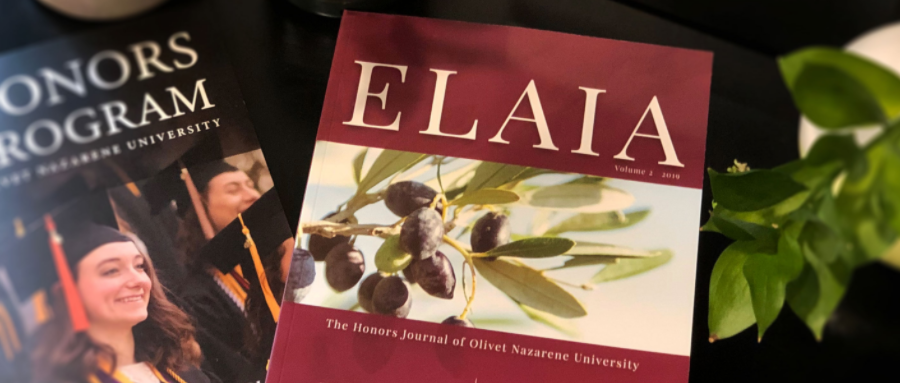Document Type
Article
First Advisor
Neal Woodruff
Publication Date
5-2016
Scholarship Domain(s)
Scholarship of Discovery; Scholarship of Interdisciplinary Integration
Abstract
Language diversity within the U.S. is on the rise; this generates a unique cultural shift. Change in language diversity impacts the overall nature of government, schools, and churches. In response, many Christian churches are developing alongside the surrounding culture, notably in the form of bilingual services. In order to remain relevant the church must address new evangelistic and congregational needs. Religion is naturally perceived through a personal cultural lens, but cultural identity at its core is integrated with language. With this in mind, churches desiring to successfully integrate multiple languages in a worship setting must prepare for a long-term commitment and dedicate themselves to overcoming inherent challenges in cultural differences. First, it is of utmost importance to foster an atmosphere of inclusion. Second, all demographics involved must have a sense of safe community based in patient development, as well as investment and leadership in the ministry. Lastly, the church environment must commit to actions of the heart and healing cultural rifts. Current practices exist which help cultivate lively, cohesive, multilingual churches. Despite setbacks, Spanish-speakers and English-speakers continue to worship alongside one another and reap the benefits. If these practices can be identified and articulated, they can more easily be duplicated to encourage other congregations to follow.
Recommended Citation
Bloom, Madeline, "Beneficial Worship Patterns Within Bilingual SpanishI-English Christian Churches In The United States" (2016). Honors Program Projects. 73.
https://digitalcommons.olivet.edu/honr_proj/73
Creative Commons License

This work is licensed under a Creative Commons Attribution 4.0 License.
Included in
Christianity Commons, Comparative Methodologies and Theories Commons, Liturgy and Worship Commons, Music Commons, Other Languages, Societies, and Cultures Commons, Practical Theology Commons, Spanish Linguistics Commons



Comments
Honors Cohort 6